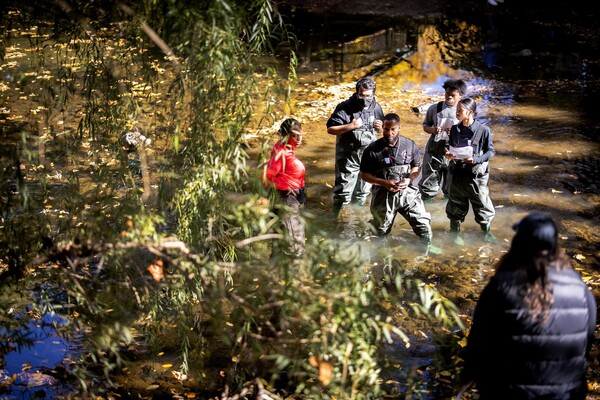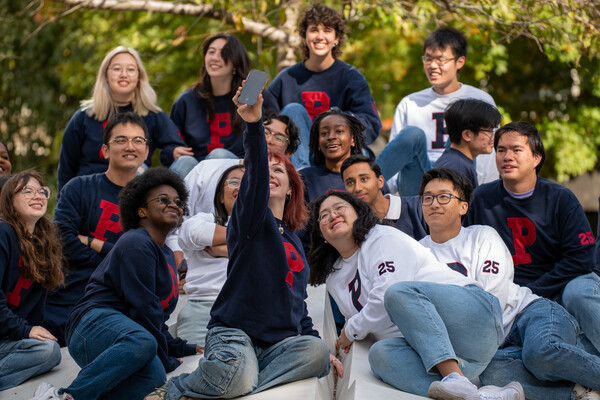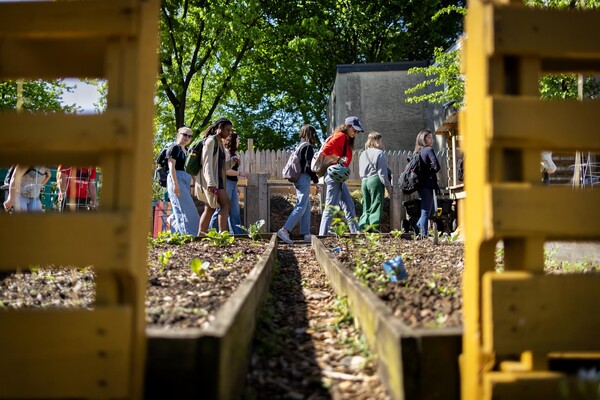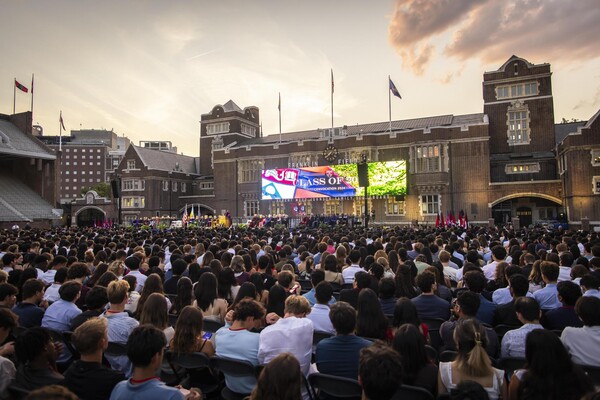From Walnut Street to Wall Street
Since last spring, Sound Horse Technologies has been marketing a better horseshoe. Based on the work of the School of Veterinary Medicine’s Dr. Robert Sigafoos and others, the shoe is glued onto a horse’s foot rather than being nailed on, and it prevents horses from going lame. The fledgling company is doing well.
“The reason the business is so successful is because I’m not directly involved,” Sigafoos said. “The inventing part is the easy part. Getting an idea from being an invention to getting it into the marketplace takes the real knowledge.”
At Penn, the Center for Technology Transfer (CTT) helps academics navigate the business world. “Technology transfer” is a somewhat obscure term for the process by which ideas get from the academy to the marketplace, from theory into practice.
And according to a recent report, academic research is big business and it’s getting bigger. The Association of University Technology Managers (AUTM), in its annual survey, found that in fiscal year 1998, academic research produced more than $33.5 billion in economic activity and 280,000 jobs. The AUTM members surveyed also produced 4,800 patent applications, 3,660 new licenses and about 360 new companies, many in the high-tech industry. The survey found that public and private sources invested $24 billion in research, and U.S. colleges and universities reaped $576 million in royalties, an increase of 19 percent over fiscal 1997.
Louis P. Berneman is both the president of AUTM and the managing director of CTT. “We have a public mandate to communicate the results of federally funded research for the public good,” Berneman said of his mission.
He added that getting the results of academic research out to the public also helps retain, attract and award faculty and students. And, he noted, such a process can also aid the local economy. “If we do our job well, we deliver discoveries to the public that benefit the public, attract faculty, help the local economy and also generate income — but [income generation] is not the objective.”
The center’s report for fiscal 1999 shows that faculty submitted 244 invention disclosures, CTT filed 91 U.S. patent applications and the University was awarded 82 patents. With an income of $4.6 million and expenses of $3.6 million, CTT generated a surplus for the second consecutive year.
Berneman explained that once technologies are disclosed to the CTT staff (which includes specialists in many fields), the center reviews them for commercial potential. Then CTT decides on a commercialization strategy: whether the technology should be licensed to an existing company or a new company should be created. Many large companies are interested only in marketing and distribution, so for developing technologies, agreements are often reached with smaller companies, or startups are created.
In the case of a device used for the treatment of hard-to-heal bone fractures, the patented instrument was licensed to an existing company. Dr. Solomon Pollack, a professor of bioengineering who helped develop this device, is enthusiastic about the technology transfer process.
Applying for patents, processing licenses and finding business partners “involves activity outside the normal range of experience most of us have,” Pollack said. He noted that it’s difficult to teach students, do research and start up a business venture all at the same time.
“I’d like to see more of [the technology transfer process] and more of the central administration talking about the role of the University in the creation of new products and services,” he said. “We’re helping to create the products that change people’s lives.”







